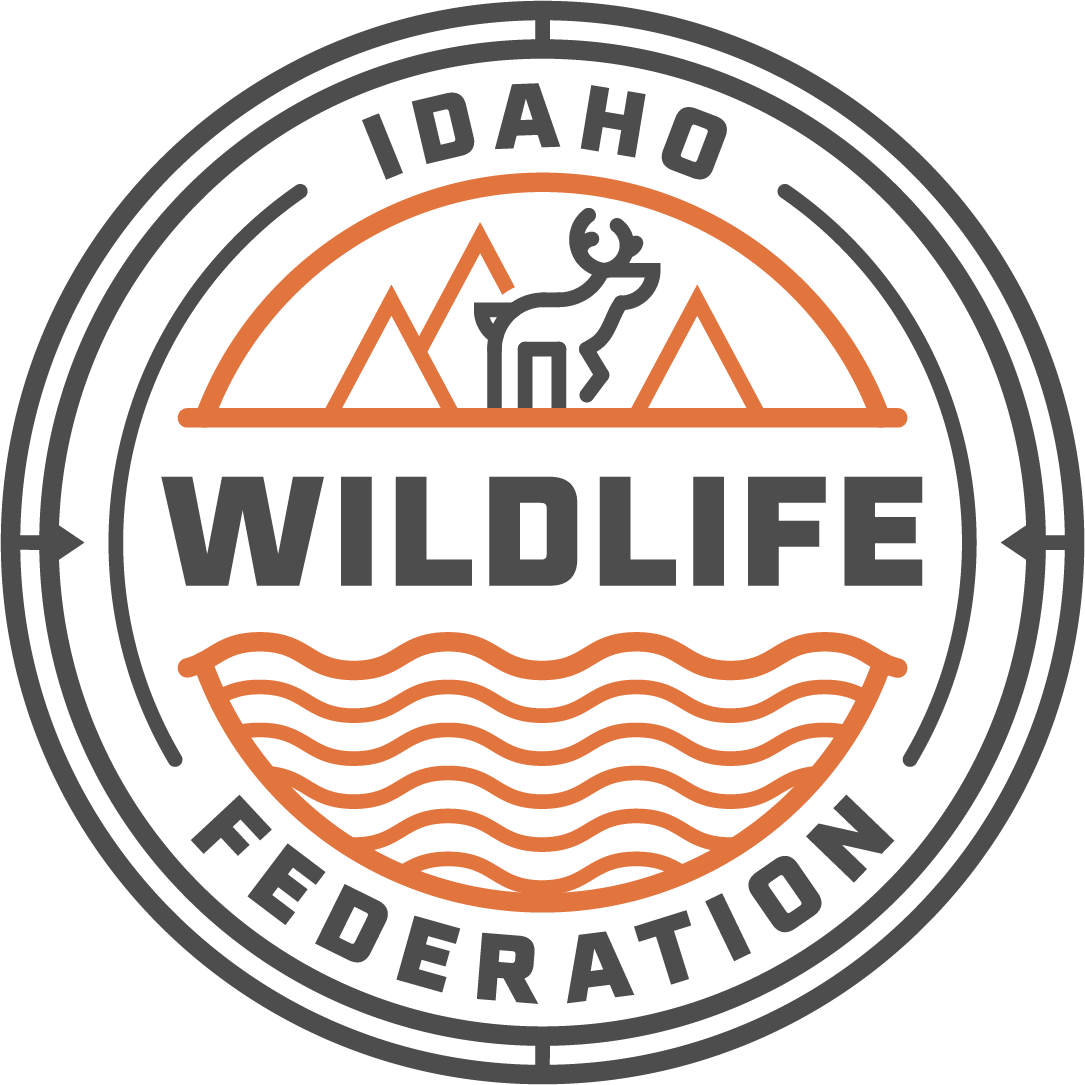The CWD Dilemma: IWF Field Representative Kyle Maki Shares His CWD Surveillance Hunt Experience
Photo: Kyle Maki/Idaho Wildlife Federation
Kyle Maki is Idaho Wildlife Federation’s North Idaho Field Representative He shares his experience participating in IDFG’s CWD Surveillance Hunts in hopes that IWF supporters and the hunting community at-large prioritize the importance of well researched science based management in order to swiftly and effectively answer many of the questions he was forced to consider during his hunt.
To be completely honest, I wasn’t surprised when I saw the press release from Idaho Department of Fish and Game (IDFG) announcing that chronic wasting disease (CWD) had been found in Idaho. I, like many sportsmen and women, immediately began wondering what kind of impact this would have not only on Idaho’s herds but on the future of hunting and big game management in the state.
It didn’t take long.
Photo: Kyle Maki/Idaho Wildlife Federation
On December 1st it was announced a CWD surveillance hunt would take place for whitetail and mule deer in the areas surrounding the first positive results. These specialized hunts were designated to specific areas, species, and sex, with a stated goal of determining the distribution and prevelance of the disease. This data collection is a best management practice employed by other states with CWD, instrumental in informing future big game management in the new areas of CWD spread.
An avid hunter, I immediately began thinking about how to get a tag -while also feeling out the wife to see if I could sneak away for yet another weekend of hunting, and extend my big game hunting season a little longer. It quickly became evident that these first-come, first-serve tags would sell out very quickly and that I better be waiting in line well before they went on sale. I got to the IDFG office in Coeur d’Alene at 6 AM, 3 hours before the sale began.
Frustratingly, I was still the 11th person in line.
I anticipated the public land antlered tags would be sold out before they got to me in line and I was right. Within 7 minutes of tags going on sale, all the buck tags were sold. Luckily my buddy and I changed course and we were each able to purchase mule deer doe tags in the same unit.
The hunt was on!
I could tell the story about how we were both successful in filling our tags, but on this hunt, that’s not really the important takeaway. Once the deer were cut up and the meat in backpacks, my mind began to spin. You get used to doing things over and over and hunting becomes a tradition of familiar processes. For the first time a new component broke that familiar rhythm like a stick in the spokes of a bike wheel.
On the hike out I found myself thinking about the weight of this question: What would I do if my deer came back with a positive CWD test? Initially, I thought I would eat it since there have been no confirmed cases of CWD transferring to humans, but after hiking and thinking for a while longer I wasn’t so sure. I could justify eating it myself, but could I in good faith feed it to my children? I found myself fixated on the hypothetical conversation I could be forced to have down the road if one of my kids was patient zero.
“Sorry kid, I knew the deer was CWD positive, but I just couldn’t bring myself to throw out the 40lbs of meat. I am sorry that you were the first person to get CWD from eating deer meat…”
While extremely unlikely, it’s not entirely out of the question. I don’t want to put anyone at risk, let alone my own children. So I thought, “could I take this chance?” The mental wrestling continues. Regardless of what I decide or what you would decide, the point is that this is a new element of hunting big game in Idaho. We are all going to have this conversation with ourselves while hiking out, or with friends around the campfire.
It’s a tall hurdle to jump over to decide to throw away an entire deer that I’ve put my valuable time, effort, and money into. Meat waste is a sin in the hunting community of course, and the thought of throwing away a whole dear presents a serious mental block. My family eats wild game with at least one meal a day, if not more. Last year we went through 1 ½ elk, a deer, and a bear, with assorted small game, upland birds, and fish mixed in along the way. The meat, while far from the only reason, is a major reason why I hunt. Removing the meat from the hunt changes things. It changes my “why” of hunting.
Photo: Kyle Maki/Idaho Wildlife Federation
So, will my family eat this deer? Right now, I don’t know. What I know for now is there is a new element to hunting and it will force hunters to confront their traditional and deeply held values about risk versus waste, investing resources for contaminated meat, personal goals, and more. For now all I can do is hope to receive a negative CWD result, but the test is still pending.
Lastly, this experience is a motivator to support suppressing CWD’s spread and keep the concerns that come with it to a minimum. We can do that by investing in mitigation efforts. The less hunters experience this new facet of big game hunting, the better. Luckily, the CWD Research and Management Act, which passed the House of Representatives and needs support from the Senate, can provide the funding required to mitigate CWD’s harmful impacts to animals and hunting.




